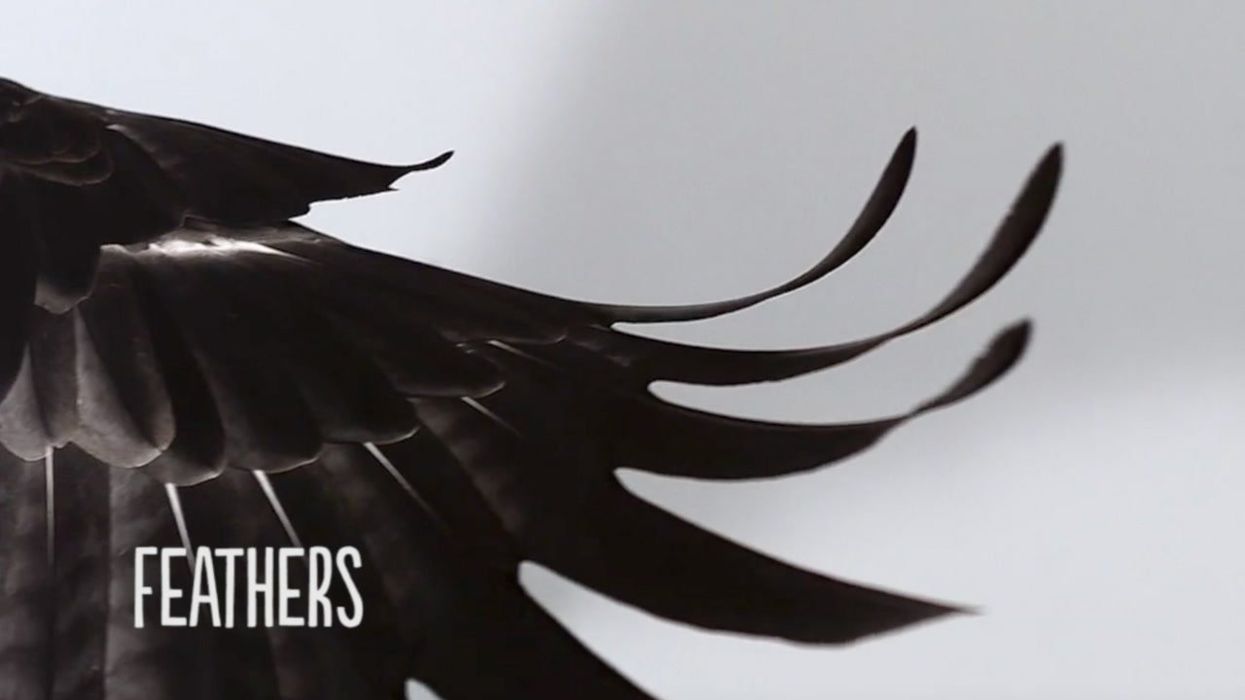Greg Evans
Feb 26, 2024
INSIDE THINGS - Feathers
Switch - Discover More / VideoElephant
An analysis of hundreds of preserved bird specimens from museums worldwide has revealed a specific set of feather characteristics and patterns crucial for flight, potentially shedding light on the flight capabilities of ancient dinosaurs.
Led by paleontologist Jingmai O'Connor from the Field Museum of Natural History, the study investigates the evolutionary origins of flight in dinosaurs, particularly theropods like birds. O'Connor emphasizes the significance of flight in the success of these creatures, attributing part of their triumph to the versatile nature of their feathers.
O'Connor is quoted as saying: "Theropod dinosaurs, including birds, are one of the most successful vertebrate lineages on our planet. One of the reasons that they're so successful is their flight. One of the other reasons is probably their feathers because there are such versatile structures."
Ornithologist Yosef Kiat, also from the Field Museum of Natural History, spearheaded the research by examining wing feathers from 346 bird species. Surprisingly, all flying birds, ranging from hummingbirds to eagles, possess a consistent feature: 9 to 11 asymmetrical flight feathers known as primaries. This common trait among diverse flying birds contrasts with the varying number of primary feathers in flightless birds, such as emus and penguins.
Kiat adds: "It's really surprising, that with so many styles of flight we can find in modern birds, they all share this trait of having between nine and eleven primary feathers. And I was surprised that no one seems to have found this before."
The researchers extended their analysis to fossils dating back up to 160 million years. By identifying which bird ancestors shared these flight-related traits, they could discern which species were likely capable of flight. Notably, Archaeopteryx and Microraptors, considered early bird-like dinosaurs, exhibited the requisite feather features despite their differing relationships to modern birds.
However, species like Caudipteryx, possessing the correct number of primary feathers but with almost symmetrical features, are deemed unlikely to have flown. This suggests that flight may have evolved only once among dinosaurs, with some lineages becoming flightless over time.
Published in PNAS, O'Connor and Kiat conclude by saying: "We argue it is impossible to assess flight potential in non-avian pennaraptorans without examining the structure of the feathers forming the wing itself."
However, they do add that basic research into the origins of wing structures is still missing from fossil records and that further revelations will be made once more is uncovered.
Sign up for our free indy100 weekly newsletter
How to join the indy100's free WhatsApp channel
Have your say in our news democracy. Click the upvote icon at the top of the page to help raise this article through the indy100 rankings
Top 100
The Conversation (0)













